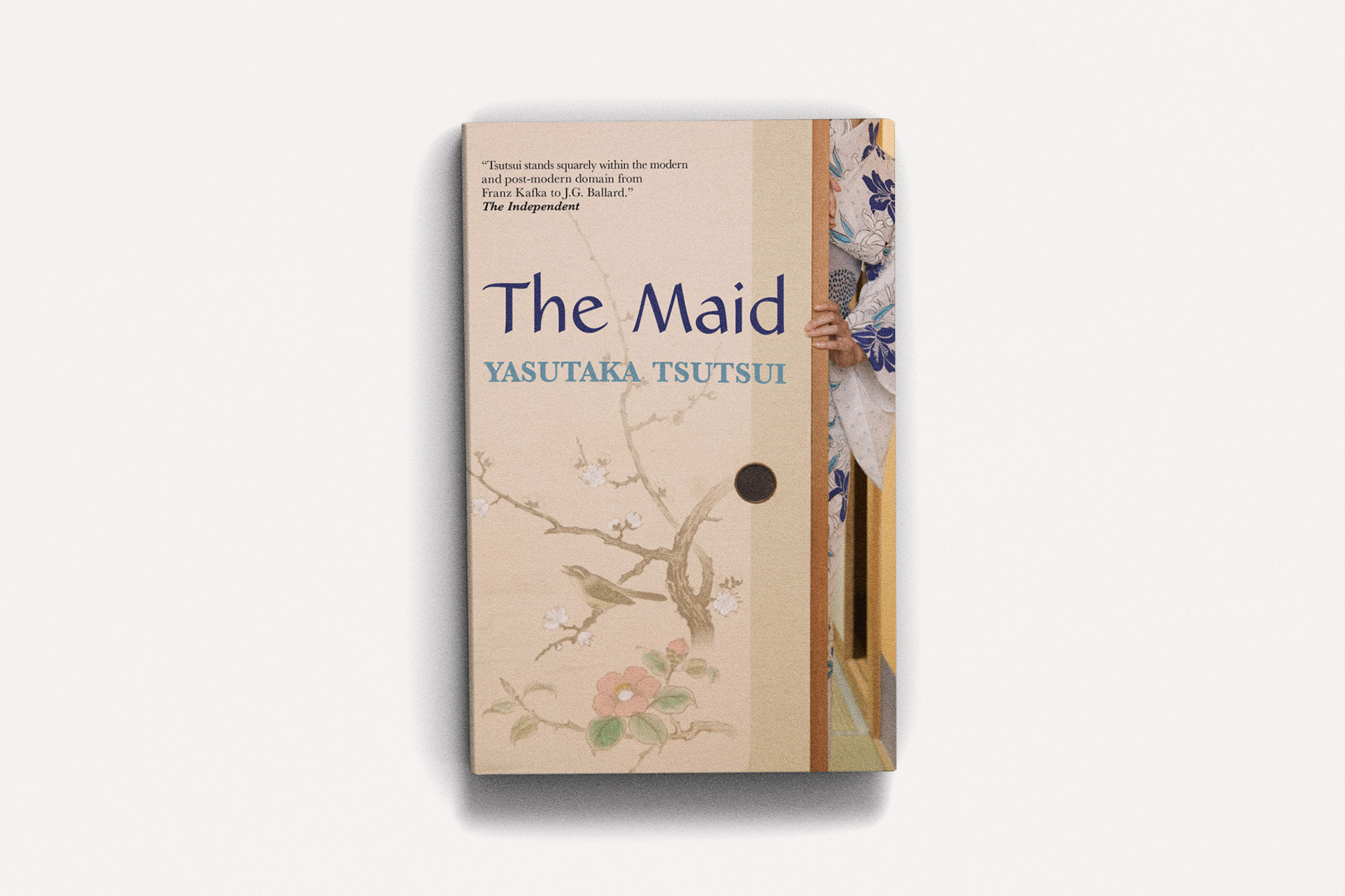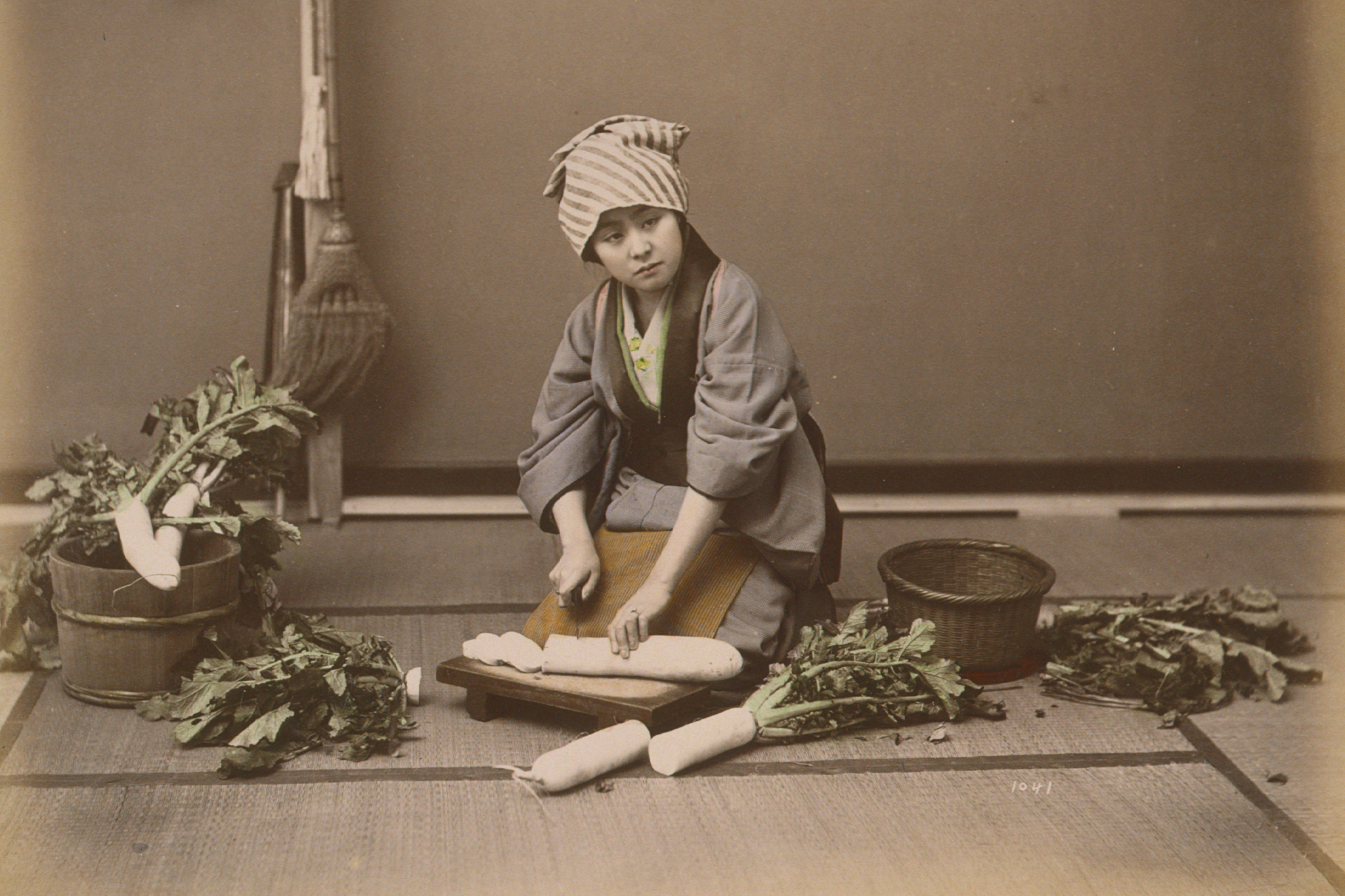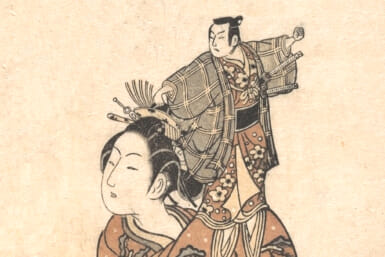Literally translating to “mistress of the house,” the term shufu differentiates the Japanese housewife from the working woman. From the Showa period (1926–1989) onward, housewives were tasked with not only the daily running of the residence, but the needs of their children and husbands, as well as the household budget. The tradition remains strong today. Despite a concerted effort by the Japanese government in 2013 to promote the place of Japanese women in the workplace, a survey conducted in the same year found that 34% of single women in Japan did not wish to continue working following marriage.
The experience of housewifery has often featured in Japanese fiction, with literature providing a much-needed forum for writers — and particularly female writers — to explore the worlds of this oft-maligned, and yet sizeable, portion of society. We look at three works and discuss the portrayal of the housewife in Japanese literature in the last century.

The Housewife – Career Woman Dichotomy
Recently translated into English for the first time by Polly Barton, Mieko Kanai’s Mild Vertigo (1997) provides a bewildering insight into the life of the shufu. The novel was written at the turn of the century, but there is a timelessness to the issues wrestled with by Kanai’s protagonist, Natsumi. Early in the novel, Natsumi resignedly admits that “she was no stranger to the impression that her life was boring, mediocre and eventless.” It’s a damning summation of her existence, but one that voices the fears and forbearance often experienced by housewives.
In Mild Vertigo, there’s friction with working “free women,” as they are referred to in the novel. Throughout the book, Natsumi compares herself with employed women. While speaking to Setchan, a friend from school who works as an architect, Natsumi finds herself lying unnecessarily, for fear of appearing “stupid.” She demonstrates a deep-rooted sense of inferiority that we come to see is built into her daily routine. While supposedly the mistress of the household, Kanai’s protagonist simultaneously sits at the bottom of her domestic ladder. Every day, she is the last to use the bathwater after her children and husband, which routinely leaves her feeling “slightly sick.” This nausea becomes emblematic of her general condition.
Natsumi frequently toys with the prospect of part-time work, but simultaneously recalls her desire to stop working after having children, “because she found [her job] a pain.” In a fleeting moment of transparency between the two friends, Setchan similarly admits that if she were in a financial position to quit her job she would. Both confessions invite consideration of the relationship between women and the workforce more broadly. Existing as second-class citizens, it hardly seems surprising that women in Natsumi’s position would routinely devalue themselves and their ambitions. Yet, Setchan’s confession reveals an alternative form of discontent, gesturing, perhaps, to the discrimination and harassment often faced by women in the workplace, even still today.

The Housewife and Her Maid
The Maid (1972), Yasutaka Tsutsui’s haunting collection of short stories, tackles the plight of the housewife from a contrasting angle. The book is focalized through the eyes of Nanase, a housemaid with the ability to read minds. While the narrator is not herself a housewife, her telepathic abilities, as well as the change of scene provided by each story, provide readers with a look into the minds of numerous housewives and their struggles.
The women in The Maid are not burdened with the monotony of daily chores like Natsumi from Mild Vertigo. The task inevitably falls to the maid, Nanase. However, in the case of one family, prior to Nanase’s arrival, the housework was completely ignored, apparently on account of the wife’s total lack of clear-cut goals in life. This woman’s attempts to live “on a pure animal-like level” are, we are told, indicative of her “almost too feminine intellectual and emotional state.” Such a conclusion, however, sits oddly in relation to Nanase’s later despair, as she condemns her employer: “what ordinary housewife could put up with such filth?” The glaring contradiction between the “animalism” of a feminine state and the assumed instincts of an “ordinary” housewife makes it difficult to ignore Tsutsui’s position as a male author. But this friction is itself revealing. While evidently considered the inferior gender, women are simultaneously held to a constant standard.
Beyond nauseating domesticity, however, Tsutsui also explores the additional ways in which housewives might suffer, with Nanase’s telepathy providing an unobscured viewpoint into their respective mental landscapes. In ‘The Quest of Youth,’ for example, Nanase goes to work for a couple and quickly determines the “incredibly strong character” of the wife, Yoko. She enjoys driving her sports car, shopping and meeting her extramarital boyfriend in the city. Yoko is not, then, a typical Japanese 1970s housewife. However, the story’s conclusion renders it something of a cautionary tale. Determined not to be undermined by her husband’s critiques of her behavior and proclivity for youth, Yoko resolutely declares to herself: “I’m not going to take this lying down,” and races off in her car. Spoiler alert: On the following page, she is dead.
Housewife as the Carer
The Twilight Years, Sawako Ariyoshi’s 1972 novel, explores a distinct and yet similarly gargantuan pressure on women within Japanese society. Following the death of her mother-in-law, Ariyoshi’s protagonist, Akiko, becomes the sole carer for her elderly father-in-law, Shigezo. Akiko’s responsibilities are both plentiful and extreme: beyond ordinary domestic duties —cooking, cleaning, washing — she is similarly tasked with ensuring her father-in-law receives the necessary care as his dementia worsens. She finds herself even sleeping downstairs with him, in order to help facilitate the “nightly ritual” of helping him urinate. As suggested by the title, the novel is primarily concerned with Japan’s struggle with an ageing population. However, what similarly comes to light is how these social and familial burdens inevitably fall upon the female members of the family. Housewives are the backbone upon which both the younger and older generations depend.
All of these works were published prior to the new millennium. However, reading Barton’s recent translation of Mild Vertigo, you would be forgiven for assuming the novel was written today. The issues that all three of these books discuss remain dauntingly contemporary, and for many, dauntingly unresolved.









